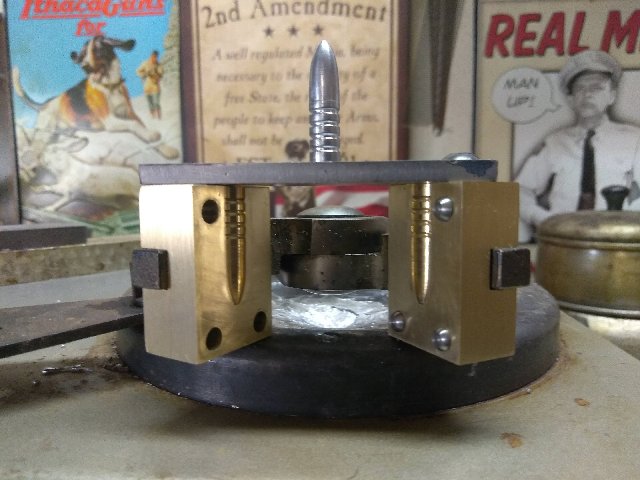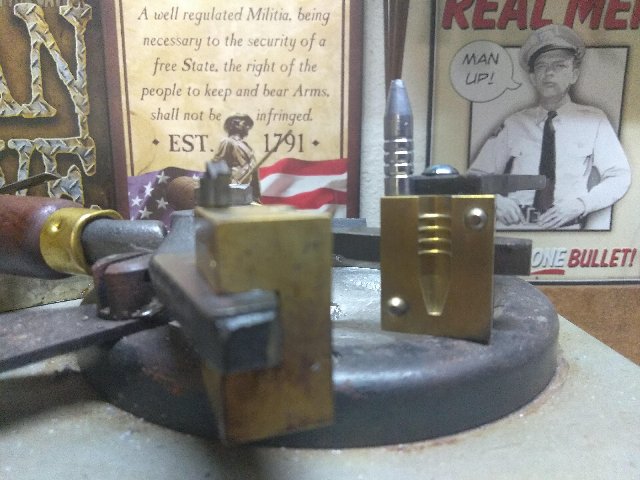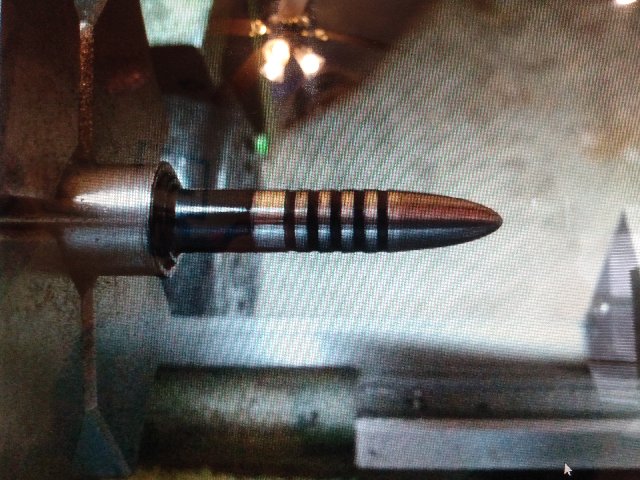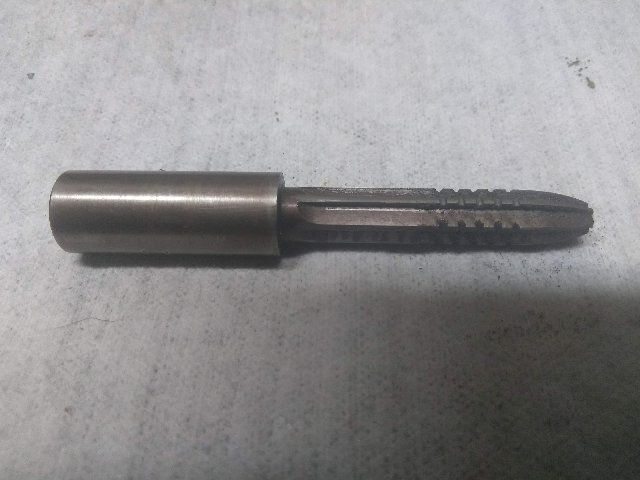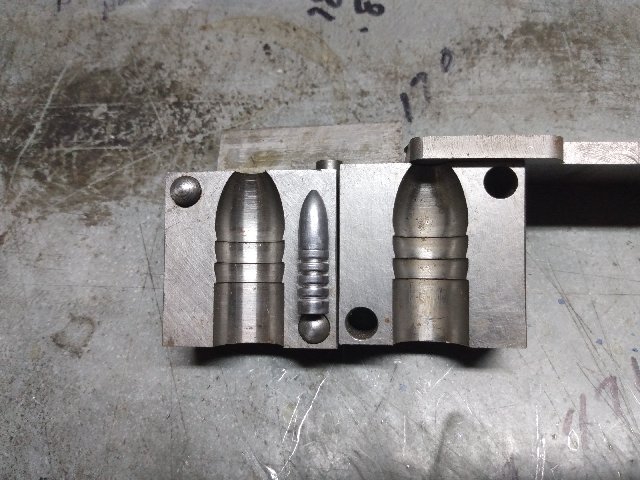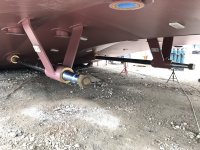At first I thought that was a .458 Socom, but the rim wasn't rebated, then I recall you talking about using .338LM brass as a parent for something like this - is that the case? What sort of powder load are you putting behind that monster?
GsT
It's purpose-designed for ONE single purpose, a subsonic hunting round. So it'll take basically any powder.
I've worked up 1050fps loads using 13 different powders ranging from Clays/Red Dot/Bullseye family through Varget/H4350/H4831 all the way up to Retumbo/H1000
Oddly enough, with that huge bullet it does stuff no normal gun can do. For instance it will stroll casually THE FULL LENGTH of bull elk..... it will walk through a ten foot thick earth berm as though it weren't there..... and it isn't even aware that you, the meatsack trying to drive it, exists. It will BOOT you acros't Hell's Half Acre and walk on without breaking stride....


